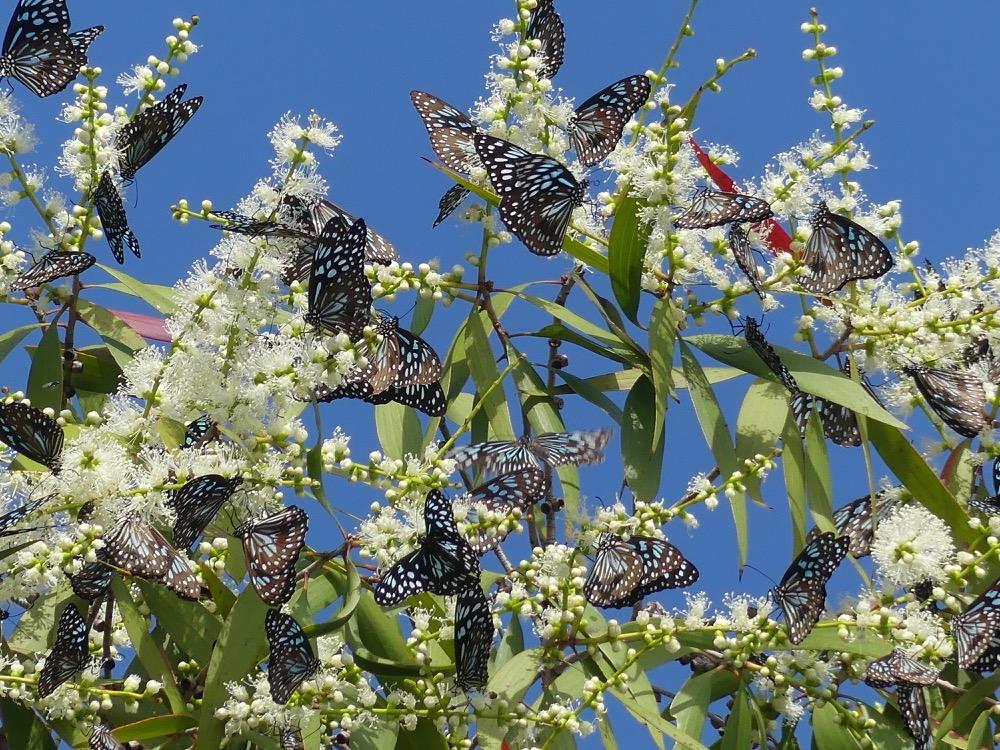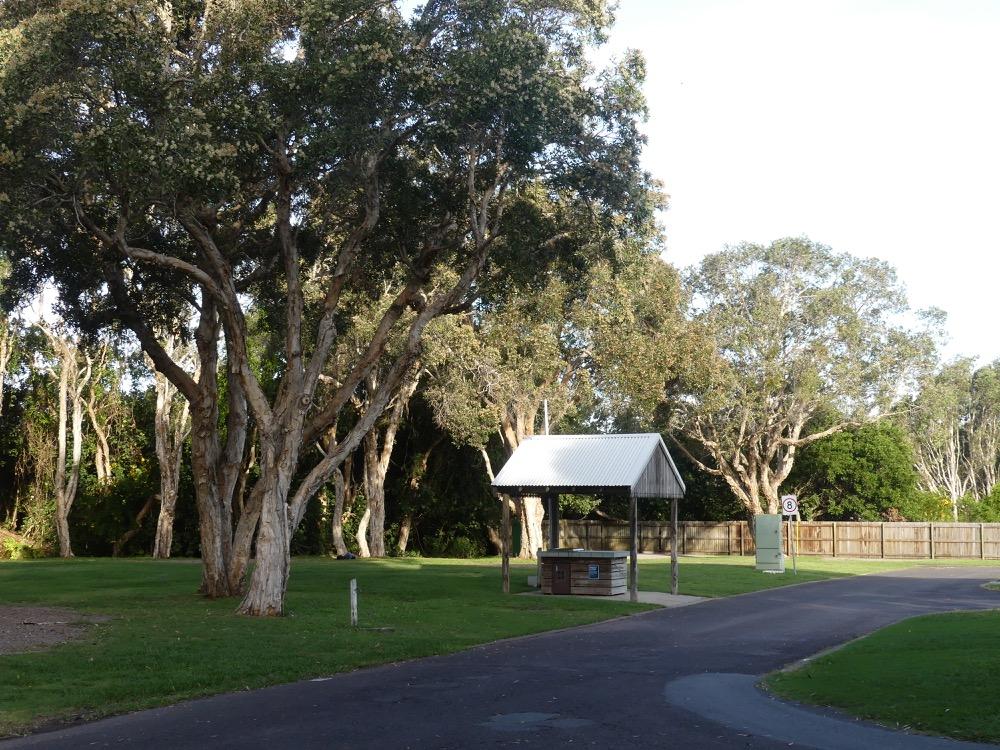Native Foresters was commissioned to prepare a Weed Management Plan (WMP) and Rehabilitation Plan (RP) within the footprint of a proposed caravan park upgrade.
Queensland Government declared pest species, weeds of national significance and species on the National Environmental Alert List were subject to this plan as well as all local habitat-changing species. The plan addressed works and actions required to achieve compliance with the Sunshine Coast Regional Council’s Biodiversity Strategy 2010-2020 and Waterways and Coastal Management Strategy 2011-2021.
The aims of this project were to:
- Provide a plan for the control of environmental and habitat-changing weeds prior to site redevelopment in April 2016.
- Provide a plan for ongoing management of weeds on site to protect the biodiversity and ecosystem values of adjacent bushland and drainage lines beyond construction.
- Provide a rehabilitation plan to revegetate disturbed areas, with a particular focus on perimeter areas that adjoin existing remnant vegetation.












